Here’s wishing for a much better year in 2021 for health, diversity, economic stability, and sustainability. Here are a few issues and challenges that I’ll be watching for in the near future…….
California’s 2035 ban and an unsurprising EPA response
Gavin Newsom issued an executive order last week that will phase out the sale of all gasoline-powered vehicles by 2035 in California in a bid to lead the U.S. in reducing greenhouse gas emissions by encouraging the state’s drivers to switch to electric cars. Newsom’s executive order is said to be the most aggressive clean-car policy in the US. It does offer some flexibility for traditional cars and trucks vehicles to be owned and sold on the used-car market. Newsom, also supported a ban on petroleum fracking, but called on the California legislature to make that change.
US EPA Administrator Andrew Wheeler on Monday said the plan “raises serious questions regarding its legality and practicality” and said it could impact the state’s electrical grid. “California’s record of rolling blackouts — unprecedented in size and scope — coupled with recent requests to neighboring states for power begs the question of how you expect to run an electric car fleet that will come with significant increases in electricity demand, when you can’t even keep the lights on today,” Wheeler wrote.

Wheeler’s background is reminiscent of the former EPA administer. According to Wikipedia and other sources, “He served as the deputy administrator (of EPA) from April to July 2018, and served as the acting administrator from July 2018 to February 2019. He previously worked in the law firm Faegre Baker Daniels, representing coal magnate Robert E. Murray and lobbying against the Obama Administration’s environmental regulations. Wheeler served as chief counsel to the United States Senate Committee on Environment and Public Works and to the chairman U.S. senator James Inhofe, prominent for his rejection of climate change. Wheeler is a critic of limits on greenhouse gas emissions and the Intergovernmental Panel on Climate Change.”
Will the election carry over into December, or January, or……?
If President Trump loses reelection, we may be watching an historic first for America — the challenge of getting the previous president out of the White House. He’s stonewalling, suggesting he won’t be leaving. Asked at a press conference Wednesday if he would “commit to a peaceful transferal of power” if he lost the November election, Trump said: “Well, we’re going to have to see what happens.”
And what about his continued challenges over mail-in ballots being legitimate? Will Trump get his lawyers to drag out election results for a month or two after the election? It is going to stay interesting, especially as predictions extend out on availability of Covid-19 vaccinations; and whether a relief bill will make it through Congress. More will be revealed at tonight’s presidential debate. Then there’s the question of how you can creatively pay — and not pay — your taxes. The rules of the game continue changing; or at least can seem to be unenforceable for now.
What about the new Supreme Court justice?
Then there’s the Supreme Court, which sometimes can be the deciding force on what happens in Washington. There is a lot of concern that Trump’s choice to fill the open Supreme Court seat, Amy Coney Barrett, will be the sixth Republican-appointed justice — and a conservative justice, based on her past rulings and public comments. Legal issues such as greenhouse gas emissions, clean energy guidelines, and accountability for air pollution, will be going more in favor of fossil fuel companies and those denying climate change if Coney Barrett gets appointed. So even if Chief Justice John Roberts continues to occasionally vote with the opposition, that would still mean five justices will be winning the vote on the conservative, anti-regulatory side — if Barrett passes through senate confirmation.
What does the future of fracking look like?
Fracking won’t be going away, but which version of it gets enforced will be determined by the November election. Hydraulic fracturing, aka fracking, has been credited with helping America cut down energy imports. It also became a lightning-rod issue for environmental activists.
Fracking became the extraction method that over the past decade opened up gas shale fields and made the US less reliant on foreign oil and gas imports. Oil and gas companies pushed hard for fracking to be allowed to ramp up natural gas, oil, gasoline, and diesel production in the US. President Barack Obama issued a regulatory structure over it in 2015 — the first one in more than 30 years. The Obama administration was criticized for the new rule by environmental groups fighting fracking and other issues such as whether the US was going to allow the Keystone XL pipeline from Alberta to Texas. The White House made the case that natural gas released half the emissions of coal and would be a much better transitional energy source for power plants. Obama also pushed for improving the process including honest reporting of the chemicals used in fracking, which some say did clean up fracking. Some environmental groups supported it as a way to displace coal.
In late 2017 under Trump, the Interior Department’s Bureau of Land Management (BLM) published its ruling in the Federal Registry essentially overturning Obama’s 2015 rule. That decision was backed by a federal judge in March. California and several environmental groups had sued over the Trump administration’s repeal, claiming it was unlawful. The main argument was that the federal government was in violation of the Administrative Procedure Act and the National Environmental Policy Act. But Judge Haywood Gilliam Jr., an Obama appointee, sided with the Trump administration.
Biden is likely to follow a similar strategy spelled out in the Obama plan from 2015. He’s stayed out of it so far, but his campaign has said he does not want to ban fracking. He has proposed a ban on new oil and gas permits on public lands and waters. Trump would like to continue opening up all the available gas and oil reserves, no matter how damaging it could be.
Would Biden listen to Bernie and AOC?
Biden’s Build Back Better plan is a centerpiece of the Democratic presidential nominee’s campaign that he released prior to the Democratic national convention. The $2 trillion plan would set the US on a path to net-zero carbon emissions by 2050. It will include investing in renewable energy, advanced battery development, parts and components, and a broad charging network, to put a lot more electric vehicles on American roads and to build up clean energy. One stumbling block would be accessing enough rare-earth metals needed for making these batteries and other parts used in clean energy and tech. Most of it is mined overseas, with China leading the way. Trump’s trade battle with China makes it even more vulnerable.
The Green New Deal initiative, introduced to Congress in February 2019 by Sen. Ed Markey (D-MA) and Rep. Alexandria Ocasio-Cortez (D-NY), shares many of the clean energy goals as Build Back America but conflicts over health care and other issues. Then there’s the big question of whether clean energy and tech can really support the domestic economy and workforce, with is the foundation for Biden’s plan.
The Green New Deal, which was placed on the back burner in Washington after not gaining enough momentum, does differ widely from Biden on two fronts — medical coverage and living wages. Those two issues would bring an overhaul to the healthcare system and medical insurance coverage, and to the worker pay structure. They’re much closer to what No. 2 Democratic nominee, Sen. Bernie Sanders, had been hawking during both of his runs for president; and which inspired Sanders to co-sponsor a push last year to get Green New Deal enacted starting on the public housing front along with AOC, a popular nickname for Ocasio-Cortez.
Green New Deal would expand Medicare to cover all Americans — which is far closer to socialized medicine in Canada and several European countries than what’s been enacted through Obamacare. Another policy point would be providing a job guarantee that would bring a “a job with a family-sustaining wage, adequate family and medical leave, paid vacations, and retirement security to all people of the United States,” as stated in the bill.
Green New Deal would also enact more stringent rules on conversion over to clean energy from fossil fuels. While Biden would agree with Markey and Ocasio-Cortez on hitting net-zero carbon emissions targets, there’s a 20 year-gap in hitting the end goal. The Green New Deal proposal calls net-zero to be achieved by 2030.
Where are campaign contributions coming from?
Fossil-fuel interests donated seven times more to the Trump campaign than the Biden campaign as of June 30, according to the Center for Responsive Politics, a nonprofit research group. Trump started raising campaign funds right after taking office in 2017, so those numbers could be a bit skewed because of it. But major oil and gas shareholders would like to see Trump get reelected. Anything they’ve asked for — like more access to offshore oil drilling — has been handed over by the Trump administration.
Net exports continuing?
In 2019, total annual US natural gas exports were 4.66 trillion cubic feet (Tcf) — the highest on record, according to the US Energy Information Administration. Of that total, 61 percent went through pipelines to Mexico and Canada, and the rest of it, liquefied natural gas (LNG), was shipped to global markets. Shipping gas to markets like Asia and Europe could make America a net exporter of natural gas for the fourth year in a row. Net exports of crude oil have also been on that growth path.
Veterans of clean transportation from the 1970s will tell you about the historic impact both of the OPEC oil embargoes had on fuel prices, and shifting regulations and automotive engineering over to fuel economy. Access to transportation fuel and power station energy can play a significant role in what happens in geopolitics; that fact goes back much farther than the 1970s and will continue on well into the future. Making electrification and alternative fuels commercially viable and supported by governments and corporate executives — along with car shoppers and fleets placing orders — will always play a part in elections, government policies, and other big decisions.
What came out of Tesla’s Battery Day?
As part of Tesla’s Battery Day festivities, a bold plan was revealed. Tesla will start producing its own batteries by ramping up its new 4680 battery “pilot” factory. Tesla aims to reach 100 gigawatt-hours (GWh) of its own production by 2022 — in addition to whatever batteries it can source from Panasonic, LG Chem, and CATL. To give an idea of the scale, 100 GWh is two-thirds of Gigafactory Nevada’s full, unrealized potential, in only two years from now.
Tesla wants to produce three terawatt-hours (TWh) of batteries by 2030. That is 30 times more than the bold goal of 2022. CEO Elon Musk is well known for making hyper claims about Tesla’s performance and that of his SpaceX company, but you never know.
Latest news bites and commentaries:
AltWheels Fleet Day 2020 Conference: ‘SUSTAINABLE TRANSPORTATION IN A POST-COVID WORLD: Creating Opportunity from Uncertainty.’ The virtual conference is coming up Monday, Oct. 5. Keynoters will be Anirban Basu, CEO of Sage Policy Group and Bill Van Amburg, EVP of CALSTART. You will also be hearing from leaders in the field of sustainable transportation solutions including UPS, Ford, Toyota, Clean Cities, Nissan, GEOTAB, Proterra, Verizon Connect, Lion Electric, and many others.
To view agenda and speakers, please click here.
National Drive Electric Week events: National Drive Electric Week, is taking place Sep 26-Oct 4, 2020. The nationwide celebration to raise awareness of the many benefits of all-electric and plug-in hybrid cars, trucks, motorcycles, and more. This year, for the 10th annual National Drive Electric Week, we will be adding online events for the first time. Enter your location below to find national, state and local online events as well as local in-person events near you. You can also use the event map or the event list to see all events.
Hyundai’s Ultimate Mobility Vehicles: Hyundai Motor Group just announced the formation of New Horizons Studio in Mountain View, Calif. It’s a new unit focused on the development of Ultimate Mobility Vehicles, or UMVs for short. One of them was unveiled at CES 2019, Hyundai Elevate and is now the inaugural vehicle for the studio. The vehicle does not rely solely on wheels and is expected to address challenging driving situations – for example, a car with robotic legs could save lives as the first responder in natural disasters; or, people who do not have access to an ADA ramp could hail a car to walk up to their front door, level itself, and allow wheelchairs to roll right in.
Renewable diesel gets good capital rating: Renewable diesel has much potential as a growing market as gasoline and diesel continue to stagnate. Morgan Stanley sees real opportunities opening up in renewable diesel as US and international oil refiners make early moves to expand business in a declining industry. While not mentioned in the study, oil refining company Neste is continuing to bet on the fuel, having just added more than 100 renewable diesel sales points in the Netherlands.
Uber returning to London: A London judge found the ride-hailing/sharing giant is “fit and proper” to hold a license in the city, ending a years-long battle for Uber to win back its license to operate in the city. That will help as its one of the biggest global markets for ride services.
New Fisker office opening: Fisker Inc. just announced details surrounding its first dedicated engineering and technology center, to be located in the Mission District of San Francisco, and is being given the name ‘Source Code.’ This facility will be the focal point and development center for the company’s software and vehicle electronics, including both in-car and Fisker data center elements.
Beijing Hyundai EV announcements: On Sept. 25 at the 16th Beijing International Automotive Exhibition (Auto China 2020), Beijing Hyundai Motor Company shared its electrification vision that is driving its transformation into a Smart Mobility Solution Provider. At the show, Hyundai premiered its RM20e electric racing midship sports car prototype, Elantra N TCR and Prophecy concept EV model, demonstrating the reach of its EV ambitions.
Musk’s insane success secrets: Here are 10 success tips from CEO Elon Musk’s profile in the book, Elon Musk: Tesla, SpaceX, and the Quest for a Fantastic Future. It offers a look into Musk’s work ethic and productivity secrets he uses to run two companies. Some of his productivity secrets could be helpful for the rest of us.





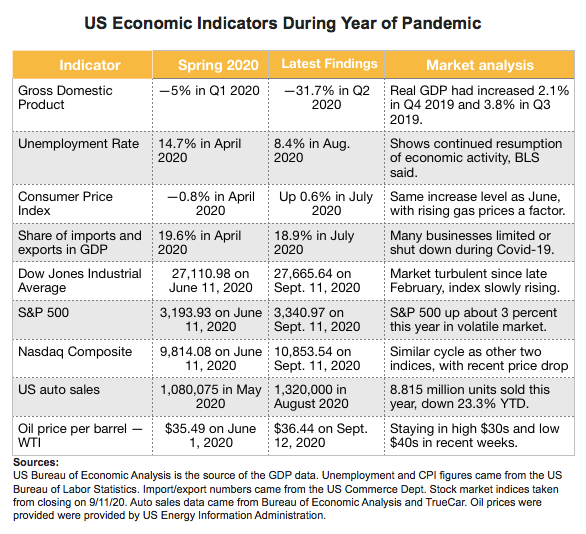
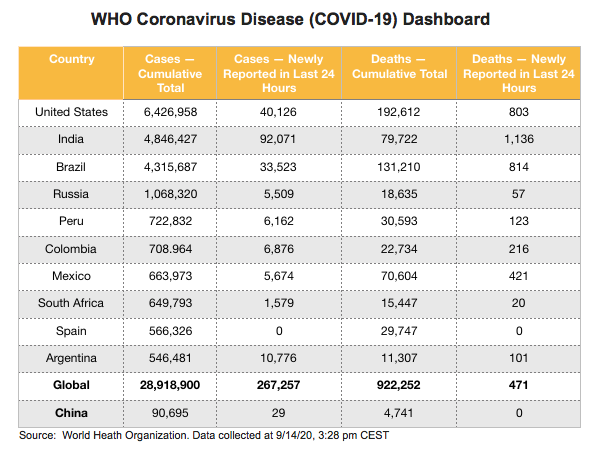

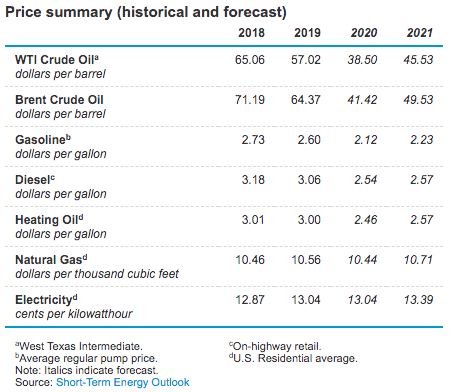

 when you take a drive. The battery packs play a vital role in keeping them charged for long distances and staying dependable, longer than what competitors offer. The battery cells had been exclusively manufactured by Panasonic, and the battery modules and packs by Tesla; but that’s starting to change.
when you take a drive. The battery packs play a vital role in keeping them charged for long distances and staying dependable, longer than what competitors offer. The battery cells had been exclusively manufactured by Panasonic, and the battery modules and packs by Tesla; but that’s starting to change.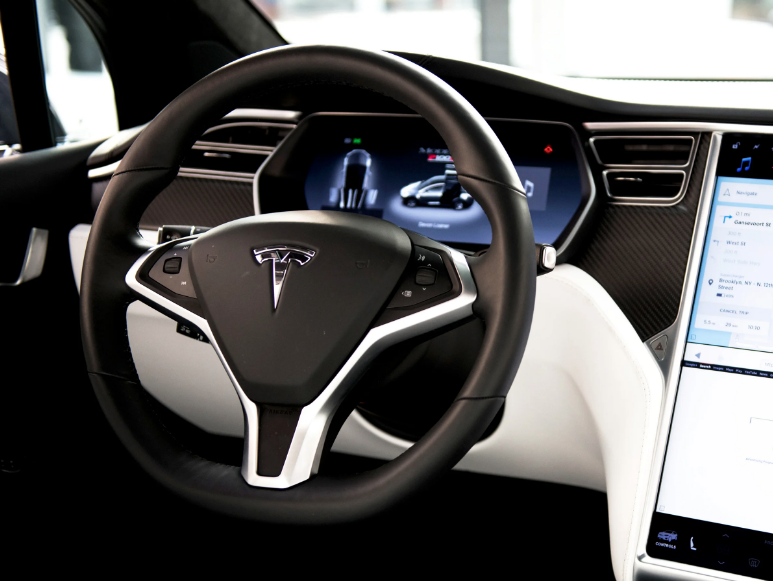 Tesla is continuing to work on its ride-hailing app,
Tesla is continuing to work on its ride-hailing app, 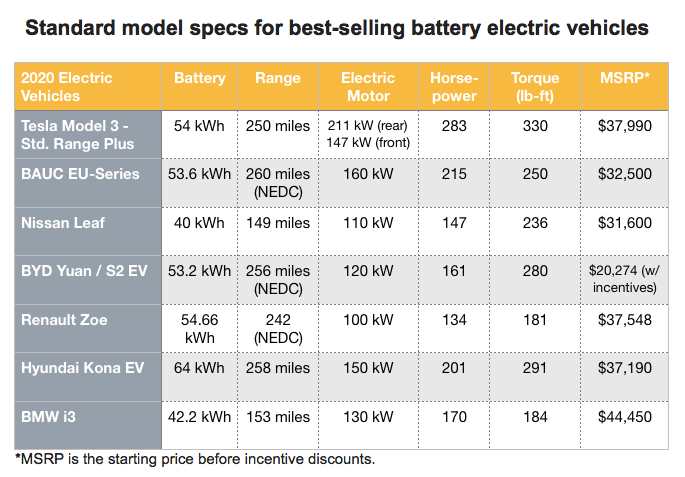
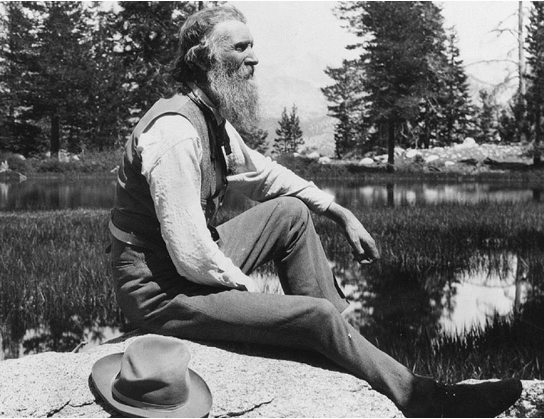 While championing the creation of national parks and conservancy of nature, Muir once referred to African Americans as lazy “Sambos,” an insulting racist term many consider to be as bad as the n-word. In another incident, while telling the story of a legendary hike from the Midwest to the Gulf of Mexico, Muir described Native Americans he encountered as “dirty.”
While championing the creation of national parks and conservancy of nature, Muir once referred to African Americans as lazy “Sambos,” an insulting racist term many consider to be as bad as the n-word. In another incident, while telling the story of a legendary hike from the Midwest to the Gulf of Mexico, Muir described Native Americans he encountered as “dirty.” o change. For natural gas, much of the hydrogen has come from steam methane reforming (SMR), which causes the methane found in natural gas to react with steam, which then produces hydrogen and carbon monoxide. One method to clean it up has been called blue hydrogen, where the emissions are curtailed using carbon capture and storage.
o change. For natural gas, much of the hydrogen has come from steam methane reforming (SMR), which causes the methane found in natural gas to react with steam, which then produces hydrogen and carbon monoxide. One method to clean it up has been called blue hydrogen, where the emissions are curtailed using carbon capture and storage.